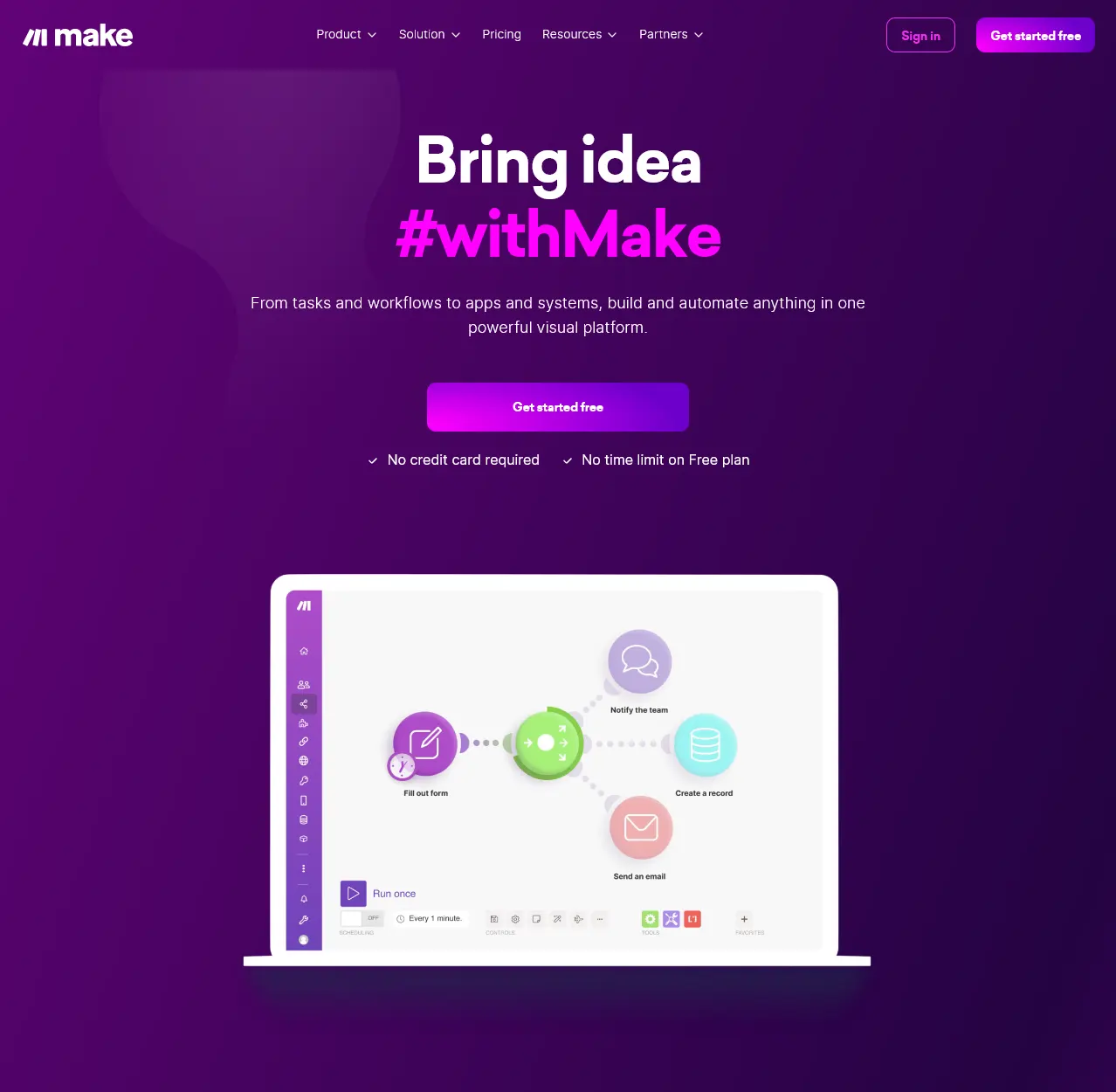Business Ownership Structures: Key Selection Factors and Economic Cycle Implications
Understand business ownership structures and economic cycles
Select the right type of business ownership structure represent one of the virtually consequential decisions entrepreneurs face when launch or restructure a venture. This choice affect everything from daily operations to tax obligations, personal liability, and how the business respond to economic fluctuations. Simultaneously, understand business cycle models provide crucial context for how different ownership structures might perform under vary economic conditions.
Key factors in select a business ownership structure
Liability considerations
Personal liability rank among the virtually critical factors when choose a business structure. Sole proprietorship and general partnerships offer no separation between personal and business assets, leave owners personally responsible for all business debts and legal issues. Conversely, limited liability companies ((lLCS,)orporations, and limited partnerships provide vary degrees of liability protection, shield personal assets from business obligations.
For example, a high risk business such as construction or healthcare services might benefit importantly from the liability protection offer by a corporation or LLC structure. This protection become specially valuable during economic downturns when businesses face increase financial pressure and potential legal challenges.
Tax implications
Different business structures face immensely different tax treatments. Sole proprietorship, partnerships, and s corporations utilize pass through taxation, where business income pass straightaway to the owners’ personal tax returns. C corporations face potential double taxation, with taxes apply at both the corporate level and again when distribute dividends to shareholders.
Understand these tax implications require careful analysis of project income, plan distributions, and potential deductions. A business anticipate substantial reinvestment of profits might benefit from a c corporation structure despite potential double taxation, while a smaller operation might prefer the simplicity of pass through taxation.
Management and control
Ownership structures importantly impact decision make authority and operational control. Sole proprietors maintain complete control over their businesses, while partnerships divide authority accord to partnership agreements. Corporations operate under more complex governance structures with boards of directors, officers, and shareholders potentially influence decisions.
Entrepreneurs who value autonomy and quick decision-making might prefer sole proprietorship or single member lLCS coConverselybusinesses require substantial capital investment might benefit from corporate structures that facilitate outside investment despite the dilution of control.
Capital requirements and funding access
Different business structures offer vary capabilities for raise capital. Corporations, specially c corporations, provide the greatest flexibility for attract investment through stock issuance. This capability prove peculiarly valuable for businesses require substantial startup capital or plan significant expansion.
Partnerships can facilitate capital raise by add partners, though this approach dilute ownership and control. Sole proprietorship typically face the greatest challenges in raise significant external capital, oftentimes rely on personal assets, loans, or revenue growth for expansion.
Administrative complexity and costs
Business structures vary dramatically in their administrative requirements and associated costs. Sole proprietorship offer the simplest formation and lowest administrative burden, oft require minimal paperwork and fees. Corporations represent the opposite end of the spectrum, necessitate formal incorporation, bylaws, regular meetings, extensive record keeping, and ongoing compliance requirements.
LCS and partnerships occupy middle ground, offer some liability protection with moderate administrative requirements. These costs and complexities must be wweighedagainst the benefits each structure provide in terms of liability protection, tax advantages, and operational flexibility.
Growth and exit strategy considerations
Long term business plans, include growth projections and potential exit strategies, should influence ownership structure decisions. Corporations facilitate ownership transfers through stock sales and can continue indefinitely irrespective of ownership changes. Sole proprietorship, by contrast, lawfully terminate upon the owner’s death or withdrawal.
Businesses anticipate eventual sale or public offering typically benefit from corporate structures that simplify these transitions. Family businesses plan generational transfers might consider family limited partnerships or certain trust arrangements that facilitate orderly succession while potentially provide tax advantages.
Business cycle models and ownership structure performance
What the business cycle model represents
The business cycle model represent the natural fluctuations in economic activity experience over time. These cycles typically include four primary phases: expansion, peak, contraction, and trough. During expansion, economic activity increases, characterize by rise employment, production, and consumer spending. The peak represent the highest point of economic activity before transition to contraction, where economic indicators decline. The trough mark the lowest point before the cycle begin afresh with expansion.
Different business ownership structures demonstrate vary resilience and opportunity throughout these cycles, make understand the relationship between business structure and economic cycles crucial for long term planning.
Ownership structures during economic expansion
During economic expansion phases, businesses broadly experience growth opportunities through increase consumer spending and available investment capital. Corporate structures oftentimes excel during these periods, as their ability to raise capital through stock issuance or debt financing allow rapid expansion to capture market opportunities.
S corporations and LCS with multiple members can besides perform advantageously during expansion, balance growth capabilities with tax advantages. Sole pproprietorshipmay find themselves capital constrain during robust expansion periods, potentially limit their ability to capitalize on growth opportunities compare to structures with easier access to funding.
Navigate economic peaks
As the economy reach its peak, prudent businesses across all ownership structures typically focus on consolidate gains, strengthen balance sheets, and prepare for potential downturns. Corporations with public shareholders may face pressure to maintain growth and dividends despite warn signs of economic slowdown.
Privately hold businesses, include sole proprietorship, partnerships, and private corporations, oftentimes demonstrate greater flexibility in adjust strategies at economic peaks. This adaptability can provide advantages when transition from expansion to contraction phases, allow more rapid strategic pivots.
Ownership structures during economic contraction
Economic contractions test business resilience irrespective of structure, though certain ownership types demonstrate specific advantages and vulnerabilities. Limited liability structures become peculiarly valuable during downturns, as business failures and debt defaults increase during these periods.
Sole proprietors and general partners face heighten personal financial risk during contractions, as business losses and obligations straightaway impact personal finances. Conversely, their simplified decision makes processes may allow faster adaptation to change conditions compare to corporations require board approval for significant strategic shifts.
Tax considerations too shift during contractions. Pass through entities allow business losses to offset other personal income for owners, potentially provide tax advantages during unprofitable periods. Corporations may carry losses forward moving to offset future profits but can not pass current year losses straightaway to shareholders.

Source: Europe me.com
Strategies at economic troughs
Economic troughs represent both challenge and opportunity across business structures. Advantageously capitalize businesses with strong balance sheets can acquire distressed competitors or expand market share while others retrench. Corporate structures with access to capital markets may hold advantages in execute these strategies.
Smaller businesses, include many sole proprietorship and partnerships, oftentimes focus on survival during troughs while position for the eventual recovery. Their lower overhead and operational flexibility can provide advantages in maintain viability with reduce revenue, though their limited capital access may restrict opportunistic expansion.
Matching ownership structure to business cycle position
Startup timing considerations
The economic cycle position when launch a business should influence ownership structure decisions. Startups launch during expansions oftentimes benefit from structures facilitate rapid growth and capital raising, such as corporations or advantageously structure partnerships. Conversely, businesses launch during contractions might prioritize structures minimize fix costs and provide tax advantages for initial losses.
For example, a technology startup launch during economic expansion might choose a Delaware c corporation structure to facilitate venture capital investment and potential public offering. A service business launch during contraction might select a lLLCstructure balance liability protection with tax flexibility for initial operating losses.
Structure flexibility through economic cycles
Businesses operate through multiple economic cycles should consider structure flexibility and conversion options. While change business structures involve costs and potential tax consequences, the ability to adapt organizational form to change economic conditions provide strategic advantages.

Source: bundlenews.net
Many businesses begin as sole proprietorship or partnerships during early stages, so convert to lLCSor corporations as they grow and economic conditions change. Understand these conversion pathways and their implications represent an important aspect of long term business planning.
Industry specific considerations
Cyclical industries
Extremely cyclical industries such as construction, manufacturing, and luxury goods experience amplify effects from economic cycles. Businesses in these sectors oftentimes benefit from ownership structures provide robust liability protection and flexible capital access, such as corporations or advantageously capitalize LCS.
The construction industry illustrates this relationship distinctly. During economic expansions, construction activity typically surge, create opportunities for growth but require substantial capital investment. During contractions, construction oftentimes experience disproportionate decline, create significant liability and financial risk. Corporate structures provide both capital access and liability protection offer particular advantages in navigate these dramatic swings.
Countercyclical industries
Some industries demonstrate countercyclical patterns, perform advantageously during economic contractions. Discount retailers, certain healthcare segments, and basic consumer goods oftentimes experience stable or increase demand during downturns. Businesses in these sectors might prioritize tax efficiency and operational control in their structure decisions, as liability protection and capital raising capabilities may hold less importance.
For example, a discount retail operation might function efficaciously as an s corporation or LLC, balance moderate liability protection with tax advantages, disregarding of economic cycle position.
Practical considerations for structure selection
Professional guidance
The complexity of match business structure to both operational needs and economic cycle considerations typically warrant professional guidance. Accountants, business attorneys, and financial advisors bring specialized expertise to these decisions, potentially identify advantages and pitfalls not straightaway apparent to business owners.
This professional guidance become specially valuable when consider structure changes in response to economic cycle shifts or business growth, as these transitions involve complex tax, legal, and operational considerations.
Regular structure reviews
Business ownership structures should undergo regular review as businesses evolve and economic conditions change. A structure optimally suit for a startup during economic expansion might become disadvantageous as the business matures or the economy contracts. Establish regular intervals for structure evaluation ensure businesses maintain organizational forms align with current conditions and objectives.
Hybrid approaches
Many successful businesses employ hybrid approaches combine multiple structures to optimize specific aspects of operations. A real estate investment operation might utilize a lLLChold company own multiple single purpose lLCSfor individual properties, combine with an s corporation for management operations. These hybrid approaches can provide tailor solutions address specific industry, taxation, and liability concerns across economic cycles.
Conclusion
Select an appropriate business ownership structure require careful consideration of numerous factors, include liability protection, taxation, management control, capital requirements, administrative complexity, and long term business objectives. The business cycle model provides crucial context for these decisions, illustrate how different structures perform under vary economic conditions.
By understand both the fundamental characteristics of each business structure and their performance through economic cycles, entrepreneurs can make informed decisions align organizational form with both immediate needs and long term business resilience. This strategic approach to structure selection represent a foundational element of business success across economic conditions.
While no single structure offer perfect advantages across all situations and economic cycles, thoughtful analysis of business objectives, risk tolerance, and economic context enable entrepreneurs to select structures maximize opportunity while manage downside risks. As businesses evolve and economic conditions change, regular reevaluation of structure decisions ensure continued alignment with organizational needs and market realities.



